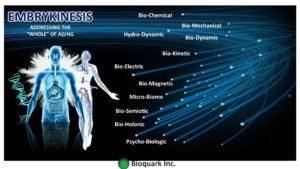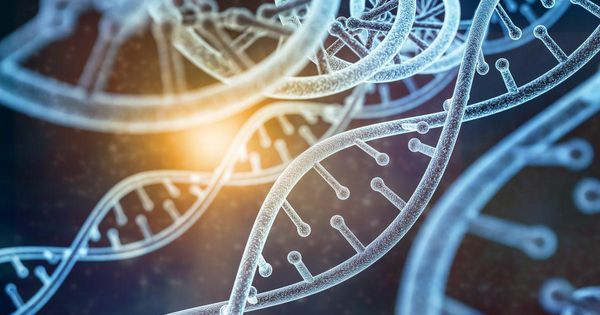The genetic engineering debate is heating up again, 15 years after mass protests curbed the use of the technology.



WASHINGTON (AP) — The next generation of biotech food is headed for the grocery aisles, and first up may be salad dressings or granola bars made with soybean oil genetically tweaked to be good for your heart.
By early next year, the first foods from plants or animals that had their DNA “edited” are expected to begin selling. It’s a different technology than today’s controversial “genetically modified” foods, more like faster breeding that promises to boost nutrition, spur crop growth, and make farm animals hardier and fruits and vegetables last longer.
The U.S. National Academy of Sciences has declared gene editing one of the breakthroughs needed to improve food production so the world can feed billions more people amid a changing climate. Yet governments are wrestling with how to regulate this powerful new tool. And after years of confusion and rancor, will shoppers accept gene-edited foods or view them as GMOs in disguise?


In a study published in the journal Immunology, Southampton University researchers have shown that a new antibody that they have engineered is able to combine two different anticancer approaches: depleting regulatory T cells and activating killer T cells [1].
Abstract
The costimulatory receptor 4-1BB is expressed on activated immune cells, including activated T cells. Antibodies targeting 4-1BB enhance the proliferation and survival of antigen-stimulated T cells in vitro and promote CD8 T cell-dependent anti-tumor immunity in pre-clinical cancer models. We found that T regulatory (Treg) cells infiltrating human or murine tumors expressed high amounts of 4-1BB. Intra-tumoral Treg cells were preferentially depleted by anti-4-1BB mAbs in vivo. Anti-4-1BB mAbs also promoted effector T cell agonism to promote tumor rejection. These distinct mechanisms were competitive and dependent on antibody isotype and FcgR availability. Administration of anti-4-1BB IgG2a, which preferentially depletes Treg cells, followed by either agonistic anti-4-1BB IgG1 or anti-PD-1 mAb augmented anti-tumor responses in multiple solid tumor models.



Following recent trends in state-of-the-art developments, from cryptocurrencies and universal basic income to biohacking and the surveillance state, transhumanism has been moved into the limelight of political discourse to reshape humanity’s future.
Andrew Vladimirov, Information security specialist, biohacker and one of the original members of the Transhumanist Party UK, spoke in-depth with Sputnik about the rise of transhumanism and its implications.

From bionic eyes to gene editing, how can we use science to bring back sight?
